‘Do You Want Me to Kill You or Rape You?’
Sexual violence as a means of repression against protestors
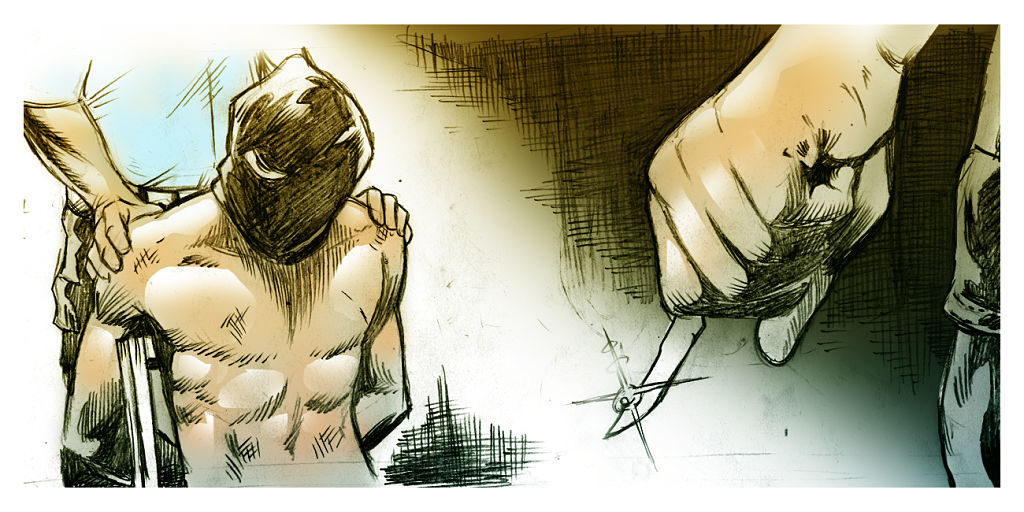
Those detained in connection with the 2018 protests denounce being assaulted and abused in Nicaraguan detention centers.
By Judith Flores | Special for CONNECTAS
HAVANA TIMES – In August of 2018, Byron Cruz Calderon was taken to Pueblo Nuevo’s jail cells in the department of Jinotega, in Nicaragua’s northern region. There, he was stabbed in the stomach and genitals. Cruz gave his testimony while in the hospital, while his family submitted their complaint to the Permanent Commission for Human Rights (CPDH in Spanish).
The organization founded 41 years ago, has received accusations from citizens who have suffered from repressive measures adopted by Daniel Ortega’s government in its attempt to put a stop to protests that began on April 18th, 2018.
In the family’s complaint, they accuse the police and armed civilians of trapping Cruz in his home in the El Dorado neighborhood and assaulting him. He was relaxing when they came for him. He tried to escape but they shot him in the left knee. His case joins a list of over 2,000 others who were wounded, according to the Inter-American Commission on Human Rights (IACHR), one of the principal organs of the Organization of American States (OAS). The IACHR also maintains a list of 328 deaths.
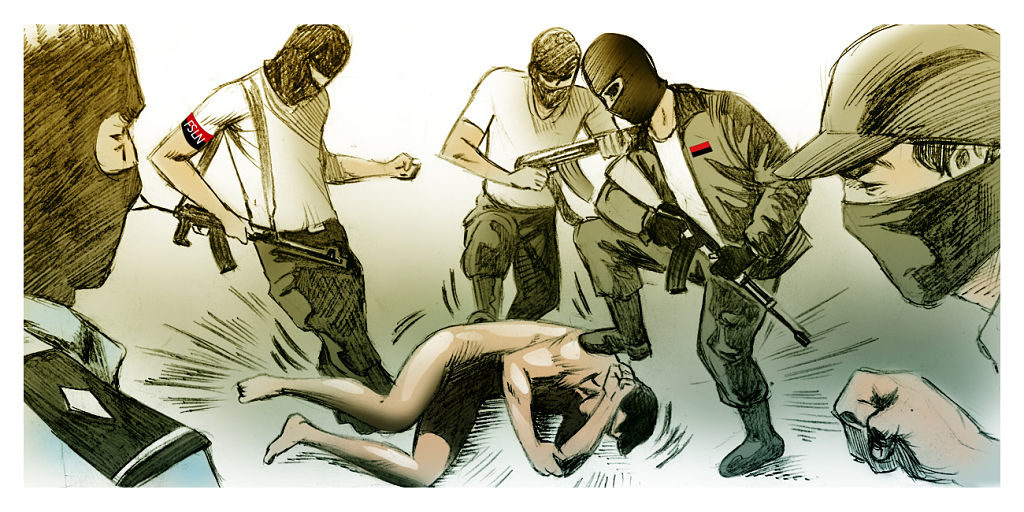
Cruz’s story began with one official’s accusations against the 31-year-old regarding his participation in protests, according to this investigation by CONNECTAS, the leading platform for collaborative journalism in the region. Police agents and paramilitry acted against anti-government demonstrators who had built street barricades as a means of protection during the campaign referred by the government as “Operation Clean-up”, carried out in July of that year.
The excessive use of force by police authorities, and attacks by the FSLN government’s shock forces – at times coordinated with official authorities, or by armed civilians, against those in the opposition – are now part of Nicaraguan daily life, according to national and international human rights organizations.
At least 25 cases of political prisoners, published in Nicaraguan and US media, or as told to human rights organizations, have identified a pattern of abuse committed against opposition members while in detention: beatings, removal of fingernails, toenails and teeth, electric shock, acids thrown on skin, suffocation, cigarette burns, psychological abuse, sexual abuse and rape.
The Interdisciplinary Group of Independent Experts (GIEI in Spanish), created by the OAS, which investigated events in the country between April 18th and May 30th of last year, were expelled from Nicaragua in December just hours before presenting their report. In their report, they denounced the commission of crimes against humanity and called for an investigation of Daniel Ortega and the police hierarchy. Their findings contradicted the government’s official version of what had transpired, which proposed that the government had fallen victim to an attempted coup d’état.
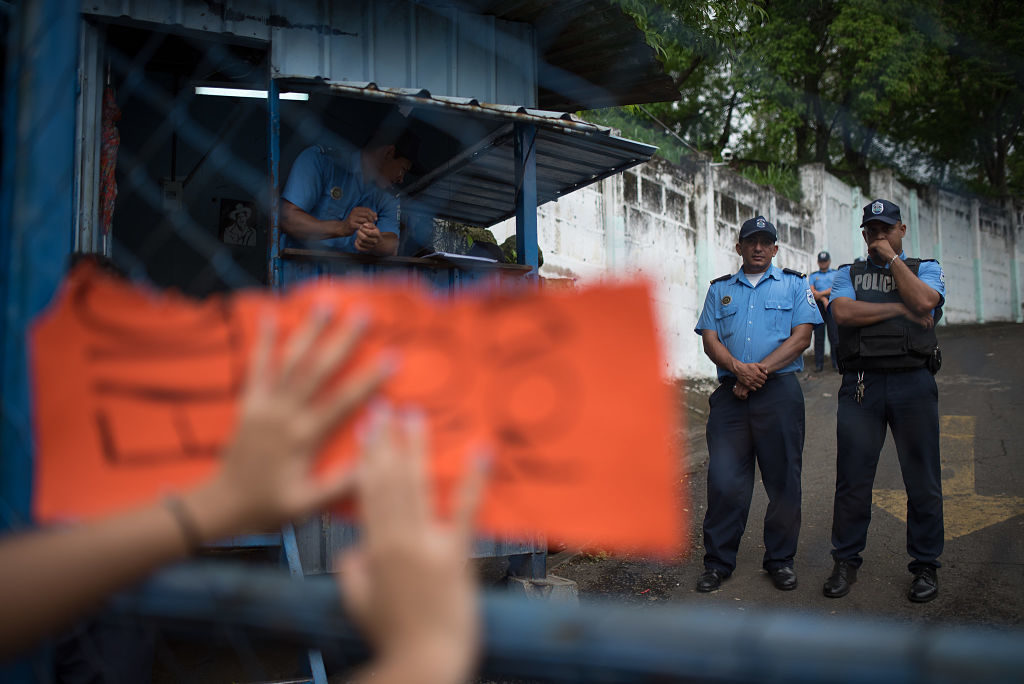
“A great number of arbitrary detentions related to the protests has been reported, including those of dozens of adolescents. There is evidence of abusive treatment and excessive use of force during apprehensions and transferring of detainees. Information also exists regarding inhumane conditions in police stations and prisons; and reports of torture, which will require investigation when conditions make it possible to do so,” revealed the GIEI.
Nicaragua is one of the signatories of the Inter-American Convention to Prevent and Punish Torture, adopted by the OAS in 1985. Article 2 of the Convention explains that “torture shall be understood to be any act intentionally performed whereby physical or mental pain or suffering is inflicted on a person for purposes of criminal investigation, as a means of intimidation, as personal punishment, as a preventive measure, as a penalty, or for any other purpose.”
The government denies having tortured demonstrators in detention. In November of 2018, Vice Minister Luis Cañas told the Voice of America, “if we were to deal with all that fake news, I guarantee you we wouldn’t have time for anything else but for looking into all that, not only fake, but also malicious news.” Cañas is within the Ministry of the Interior (Office of Governance), the branch of the government responsible for the penitentiary system and working in coordination with the police.
Ana Quiroz, Director of the non-governmental human rights organization, Center for Information and Health Advisory Service (CISAS), which had its legal status revoked last November by the government, stated that they were able to document abuse committed by the authorities against eight women.
In a report published by NICARAGUA CONNECTAS, Quiroz stated that while in detention, women of the opposition were forced to take off all their clothes and do deep-knee-bends in front of stone-faced agents. This goes on in the local police stations such as El Chipote, the jail to which authorities bring those subject to investigation; in the La Modelo men’s prison; and in the La Esperanza women’s prison, the two latter located north of the capital.
“The majority of those who were abused or raped have left the country,” said Quiroz. “They were told – Which do you prefer? Do you want me to kill you, or to rape you? Or keep beating you or rape you?” she said, “making it then the woman’s responsibility for, in this case, being the victim of rape”.
Permanent Commission for Human Rights (CPDH)
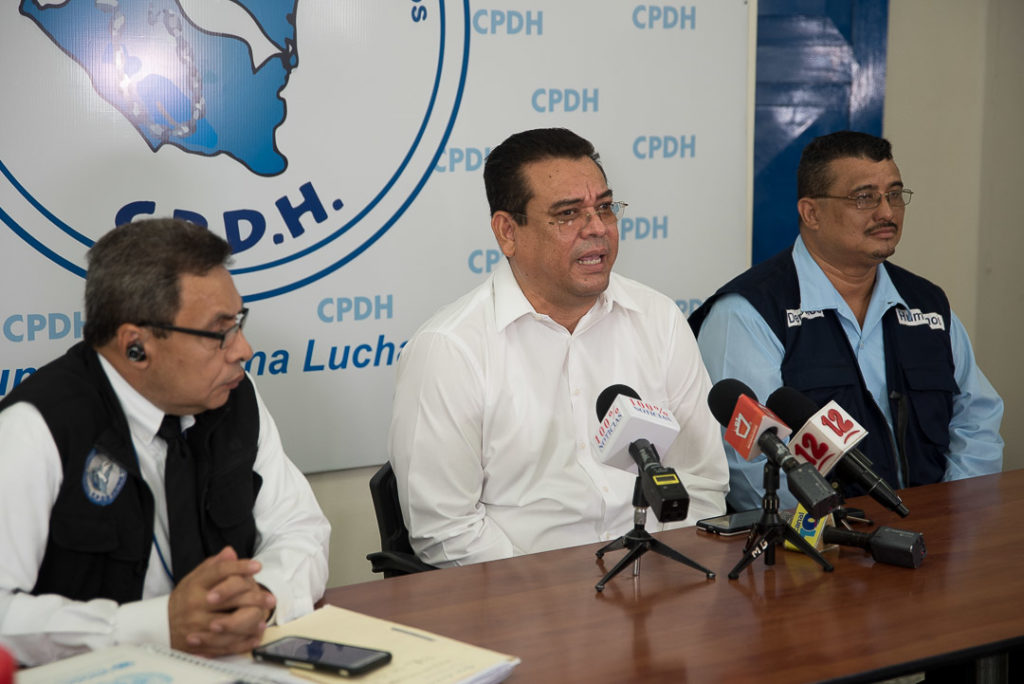
CPDH’s Executive Director, Marcos Carmona, asserts that they have received nine complaints from women who have been raped by police or “paramilitaries”. Among the cases documented by this organization is that of a 21-year-old woman who was raped by 18 police officers and paramilitary, in the department of Matagalpa.
The complaints submitted to this human rights organization reveal that the victims have been abuse and raped while under police detention. Few people know about their cases. Carla, 19, participated in the protests. She was captured in Managua on June 13, 2018 by agents and hooded men dressed in civilian clothes who were circulating in four pickup trucks. After several hours of interrogation, she was cold, and her head ached. While in El Chipote, a hooded man in civilian clothing entered to continue (with the interrogation).
“He told me, ‘Either you let me f… you (rape) or I beat you up.’ My response was, ‘You think I have an option?’ And what happened, happened,” she said. Her case has been documented by the Nicaraguan Initiative of Women Human Rights Defenders, and Amnesty International.
Abuses committed by authorities against political prisoners have also occurred in the prisons. Freddy Navas, Campesino Movement leader and former prisoner released last June 13th after 8 months, says that while he was in La Modelo prison in Tipitapa he learned of the rapes. “Male cell-mates were raped with AK-47(Russian Kalashnikov 47) assault rifles. I knew of two cases: they beat them into unconsciousness,” he revealed. According to his account, the victims were denied medical treatment.
In a similar case, at dawn on May 15th, 2018, two student leaders were sexually abused. Several pick-up trucks with armed civilians and police laid siege to the street barricades near the San Juan de Dios Hospital in Estelí, in the country’s northern region. There they captured a youth who requested anonymity in recounting his story to CONNECTAS.
They took him to the location’s police station and then finally transferred him to the capital, to a cell in El Chipote, along with another friend from within the struggle. They were kept naked until they were raped with the point of the AK-47 rifles. “I lost consciousness from the pain, all became dark, I lost everything; it was a pain I have never felt before, the minutes lasted for a long time,” he stated.
His aggressors were dressed in black and covered their faced with ski masks while they tortured him. They asked him questions about who was paying for the protests, how they had been organized, who had given the orders. With such profound pain, he lost his sense of time. Six days after being detained, they were released, after their capturers were convinced that they didn’t have any useful information.
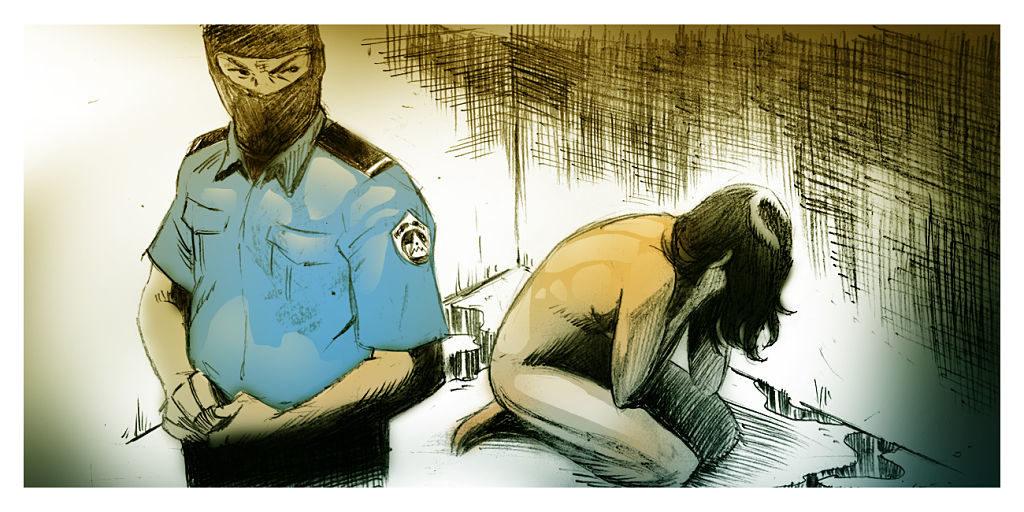
The youths went to Dr. Josmar Briones, who treated them, and then told their story months later to Human Rights Watch, headquartered in Washington, D.C. Briones is one of the more than 200 Nicaraguan doctors forced into exile for their safety during and after the protests. After much time, the neurosurgeon still remembers the faces of the victims when they arrived at his clinic, unable to walk.
According to activist Ana Quiroz, rape is the ultimate form of subjugation, the domination of others; letting them know who’s in charge. “We feel that the use of rape is, in the first place, a form of torture. And in the second place, it’s a form of subjugating a person, robbing them of their last shred of dignity. The use of rape is a way of telling them that here, your will, your very self, has no value, and I will destroy you in the most intimate way possible – through your sexuality.”
A medical specialist who asked to remain anonymous asserts that the torturer uses rape in order to inspire terror and obtain information which the government considers to be essential. “It is the most cruel and inhumane act.”
Some of the complaints filed include sexual harassment, threats of rape, held captive in one’s underwear, beatings, cigarette burns and throwing acid on genitals; as well as electric shock, mutilation, rape, and gang rape.
Other abuses included groping political prisoners’ family members during the body checks that were ordered prior to visiting these political prisoners, but according to family members, the abuse of force began long before the jails were filled with 700 political prisoners through a manipulation of the justice system.
The murder of Carlos Antonio Flores, 19, is proof of this kind of mistreatment. “They cut this throat…they cut him several times on the back of his head with a machete…his little hands, both hands… they destroyed his penis….his death was horrible. He was not a “good for nothing”, he was a student,” says Gioconda Ríos, his mother.
The boy was heading to boxing practice in the municipality of Ciudad Sandino, located 11 km west of Managua. It was April 22, 2018 the day they killed him. It was his birthday. He is yet another one of those who died within the context of protests in Nicaragua. He was a high school student and was preparing for a boxing match planned for May 14, 2018, according to his mother.
He was heading toward the municipal plaza for exercises when he was attacked by a group of delinquents and members of the “Sandinista Youth”, she explained, while filing her complaint with the CPDH. The CPDH held a press conference during which Carlos Antonio’s mother spoke with her back turned to the cameras for fear of reprisals.
The Group of Independent Experts of the OAS asserted that his cadaver remained for hours on a public street, despite the family’s calls to the police to begin the investigation, and to the government’s Legal Aid Institute to transfer his body for the autopsy. The report was done three weeks after the crime was committed.
When the family received Carlos Antonio’s corpse, they noted the wound in his neck, his two hands were amputated, he had suffered genital mutilation and burns. Afterwards, his aggressors threw his bloody body into the street. A neighbor asked that he be taken by authorities before “his killers set his body on fire”. Carlos Antonio was another victim of sexual violence during the repression of those who think differently, a little-known story within all that has occurred in Nicaragua since the protests began last year.
*This article is part of NICARAGUA CONNECTAS, the initiative to show the Central American country within a context that is averse to freedom of expression.






Horrific tyranny in Nicaragua.
The UN says Maduro is using death squads on his population.
This is what Raul Castro and his regime vigorously supports, i would be worried if i was Cuban.